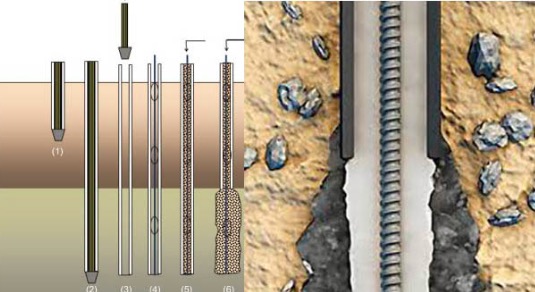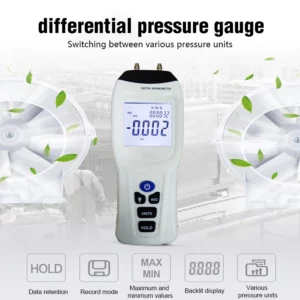Application of Differential Manometers in Flow Measurement
Home » Application of Differential Manometers in Flow Measurement
RECENT POSTS
Share:
- November 11, 2024
Table of Contents
In the realm of fluid dynamics and engineering, accurate flow measurement is crucial for various applications, from industrial processes to environmental monitoring. One of the most effective tools for measuring flow is the differential manometer. This device plays a pivotal role in determining the flow rate of liquids and gases by measuring the pressure difference between two points in a system.
Understanding Differential Manometers
A differential manometer is a device that measures the difference in pressure between two points in a fluid system. It typically consists of a U-shaped tube filled with a liquid, such as mercury or water. When pressure is applied to one side of the tube, the liquid level changes, allowing for the calculation of the pressure difference. This pressure difference can then be correlated to flow rate, making the differential manometer an essential instrument in various industries.
Differential manometers are widely used due to their simplicity, reliability, and accuracy. They can measure both positive and negative pressure differences, making them versatile tools for different applications. The ability to measure small pressure changes makes them particularly useful in low-flow scenarios, where precision is paramount.
Applications in Flow Measurement
- Industrial Processes
In industrial settings, differential manometers are commonly used to monitor and control fluid flow in pipelines. By measuring the pressure drop across a flow restriction, such as an orifice plate or a venturi tube, engineers can calculate the flow rate of the fluid. This information is vital for optimizing processes, ensuring safety, and maintaining product quality.
For instance, in chemical manufacturing, maintaining the correct flow rate of reactants is essential for achieving desired reaction rates and product yields. A differential manometer allows operators to monitor flow rates in real-time, enabling them to make adjustments as needed to maintain optimal conditions.
- HVAC Systems
Heating, ventilation, and air conditioning (HVAC) systems rely heavily on accurate flow measurement to ensure efficient operation. Differential manometers are used to measure the pressure difference across filters, coils, and ducts. By monitoring these pressure drops, HVAC technicians can determine if filters need to be replaced or if there are blockages in the system.
Additionally, differential manometers can help balance airflow in multi-zone systems, ensuring that each area receives the appropriate amount of conditioned air. This not only improves comfort but also enhances energy efficiency, reducing operational costs.
- Water and Wastewater Management
In water treatment plants and wastewater management facilities, differential manometers are employed to monitor flow rates in various stages of the treatment process. For example, they can be used to measure the flow of influent entering a treatment facility or the effluent leaving it. By keeping track of these flow rates, operators can ensure compliance with environmental regulations and optimize treatment processes.
Moreover, differential manometers can help detect leaks in pipelines or storage tanks. A sudden change in pressure readings can indicate a potential issue, allowing for timely maintenance and preventing costly environmental damage.
- Research and Development
In research laboratories, differential manometers are often used in experiments involving fluid dynamics. Researchers can use these devices to measure flow rates in various setups, allowing them to gather data for analysis and validation of theoretical models. The precision of differential manometers makes them ideal for experiments that require accurate flow measurement, such as studies on fluid behavior under different conditions.
- Medical Applications
Differential manometers also find applications in the medical field, particularly in devices that measure blood flow and pressure. For instance, they can be used in hemodynamic monitoring systems to assess blood flow in patients. By measuring the pressure difference across a vascular segment, healthcare professionals can gain insights into a patient’s cardiovascular health.
0



